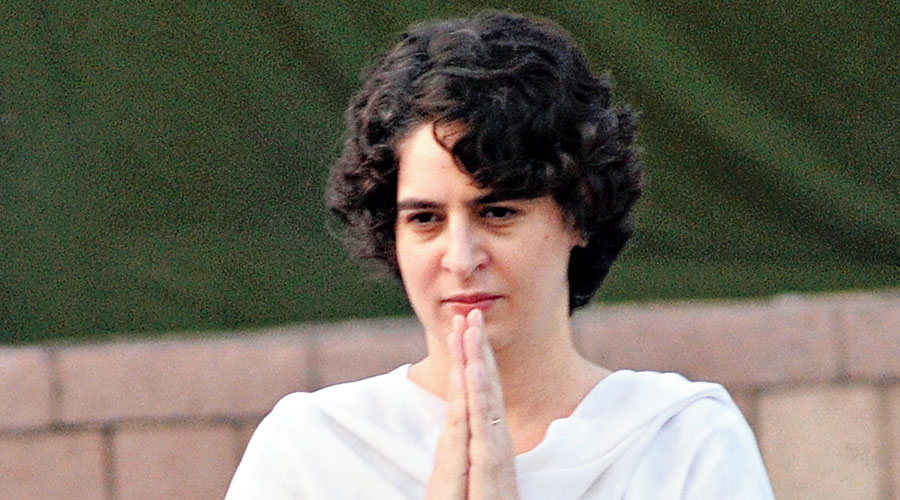The Ramayana has a deep and irremovable emboss on the culture (heritage) of the world and the Indian subcontinent. Tales of Lord Ram, Mother Sita and the Ramayana have illumined our cultural and religious memory for thousands of years. The contexts of the Ramayana have inspired the beauty and purity of India towards faith, behaviour, devotion to duty, sacrifice, generosity, love, valour and service. From north to south and east to west, the Ramayana narrative has revealed itself in many forms. Quite like the many manifestations of God, Ramkatha, or the legend of Ram, is eternal.
From time immemorial in our parts, the character of Lord Ram has been an aphorism for uniting humankind. Lord Ram is sanctuary and Lord Ram is renunciation. Ram belongs to Shabari, and to Sugreev. Ram belongs to Valmiki, and to Bhasa. Ram belongs to Kamban, and to Ezhuthachan. Ram belongs to Kabir, to Tulsidas, to Raidas. Ram is the Giver of them all. Gandhi’s Raghupati Raghav Raja Ram is the provider of all good sense. Waris Ali Shah says who the Lord (Rab) is, is Ram manifest.
Rashtrakavi Maithilisharan Gupt called Ram the “strength of the weak”. And in the immortal lines of the great poet Nirala’s work, “The one single mind of Ram that stayed unvanquished”, Ram is “fundamental imagination of power”. Ram is courage, Ram is confluence, Ram is control and restraint, Ram is a partner and associate. Ram belongs to everyone. Lord Ram wants the welfare of all. Which is why he is Maryada Purushottam, the ideal man among men.
The ground-breaking ceremony of the temple of Ramlalla has been scheduled for August 5, 2020. By the grace of Lord Ram, may this event broadcast his message of national unity, brotherhood and cultural syncretism.
Praise be to Sita and Ram
Priyanka Gandhi Vadra










